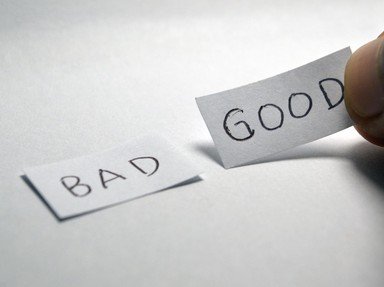
More Fun from Minch to You Trivia Quiz
Another Wordwise quiz for you, as devised by minch and later updated with additional information. These letters and numbers stand for a phrase, or occasionally just one word. Find out more in the quiz 'How to Do Wordwise Quizzes' in Brain Teasers.
This is a renovated/adopted version of an old quiz by author minch
A multiple-choice quiz
by looney_tunes.
Estimated time: 4 mins.